Maserati’s record race at Cape Finisterre
Published on February 20th, 2018
(February 20, 2018; Day 33) – Giovanni Soldini and the crew on the trimaran Maserati Multi 70 are nearing the northwestern tip of Spain at Cape Finisterre in their attempt to break the 13000 nm record from Hong Kong to London. After Finisterre, the team will continue upwind across the Bay of Biscay for another 350 nm to reach the tip of Brittany before making the easterly turn toward London. The team is 743.7 nm from the finish and is 1476 nm ahead of the record pace (as of 20:54 UTC).
Soldini is pursuing the record with four crew members: Guido Broggi, Sébastien Audigane, Oliver Herrera Perez and Alex Pella.
The team started from Hong Kong on January 18 to beat the record set in 2008 by Lionel Lemonchois on board the 100 footer maxi catamaran Gitana 13 (41 days, 21 hours and 26 minutes). To be successful, the trimaran Maserati Multi70 must complete the 13000 nautical miles route and cut the finish line under the Queen Elisabeth II bridge over the River Thames before 08:09:47 UTC on March 1, 2018.
To follow the challenge live: maserati.soldini.it/cartography
The obstacles on the Hong Kong to London route:
Among the various ocean passages ratified by the World Sailing Speed Record Council, the 13,000 miles theoretical route of the Hong Kong-London record makes it the third longest recognized route after the circumnavigation of the planet and New York-San Francisco.
Hong Kong – Sunda Strait: 1,700 nautical miles
Between Hong Kong and the Sunda Strait, the gateway to the Indian Ocean between Java and Sumatra, crossing through the South China Sea and the Java Sea will require a slalom between coral islands in an area where sea traffic is always intense. Moreover, in this first part of the route the crew will have to cross the Equator; an area with little wind and great meteorological instability.
Sunda Strait – Cape of Good Hope: 5,000 nautical miles
The Indian Ocean crossing between the Sunda Strait and the Cape of Good Hope is 5.000 nautical miles long. Up to the south of Madagascar, the route remains under tropical latitudes where the trade winds coming from the South East mean downwind sailing but can also be disturbed by the formation of tropical cyclones. Then to get around the southern part of the African continent you have to enter the temperate latitudes where you might deal with depressions that generate dominant winds blowing from the West. Around South Africa and up to the Cape of Good Hope, navigation is made even more difficult by the presence of strong sea currents.
Cape of Good Hope – Equator: 2,800 nautical miles
Navigation in the South Atlantic between the Cape of Good Hope and the Equator is influenced by the position of the Saint Elena high pressure. Following the classical schema, the route remains on the eastern edge of the high pressure until it reaches the southeastern trade winds that push towards North.
Equator – London: 3,500 nautical miles
Back in the northern hemisphere, the first difficulty in the North Atlantic is once again the passage through the zone of calm, called zone of intertropical convergence (ZCIT) – the notorious doldrums. Once out of this zone of instability, they continue northward in the trade winds blowing from the North East. The position and vigor of the Azores high pressure system then determine the fastest route to follow up to the Channel entrance, but that route can also be complicated by the possible presence of winter depressions. The stopwatch will be stopped on the finish line, under the Queen Elizabeth II Bridge in the Thames estuary.
Maserati Multi 70 Boat Configuration
For this record, the team returned the Maserati Multi 70 trimaran to its original configuration with classic appendages that come with the MOD70. The foil, i.e. the daggerboards and rudders that have been developed and built in the last few months that allow the boat to rise from the water, have remained on land. ”For this record, we decided to go back to a non-flying setting, above all to limit the risk of impact with objects at sea,”, explained Soldini. ”We have doubled the number of photovoltaic panels on board. This will allow us to gain weight and be autonomous from an energy point of view – a fundamental aspect in long navigation like this one.”
Maserati Multi 70
Length: 21.20 m
Beam: 16.80 m
Weight: 6,300 kg
Sail Area (upwind): 310 mq
Sail Area (downwind): 409 mq


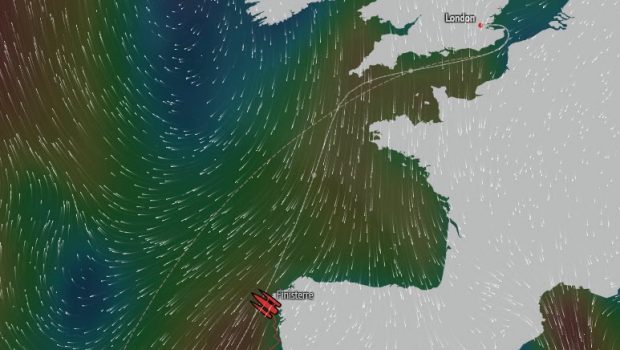


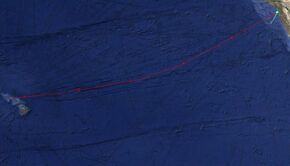
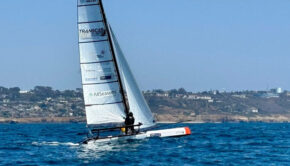
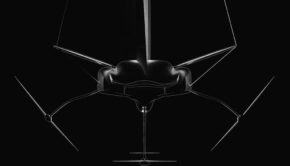
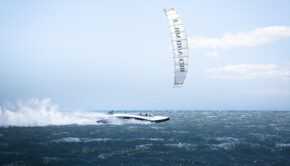
 We’ll keep your information safe.
We’ll keep your information safe.